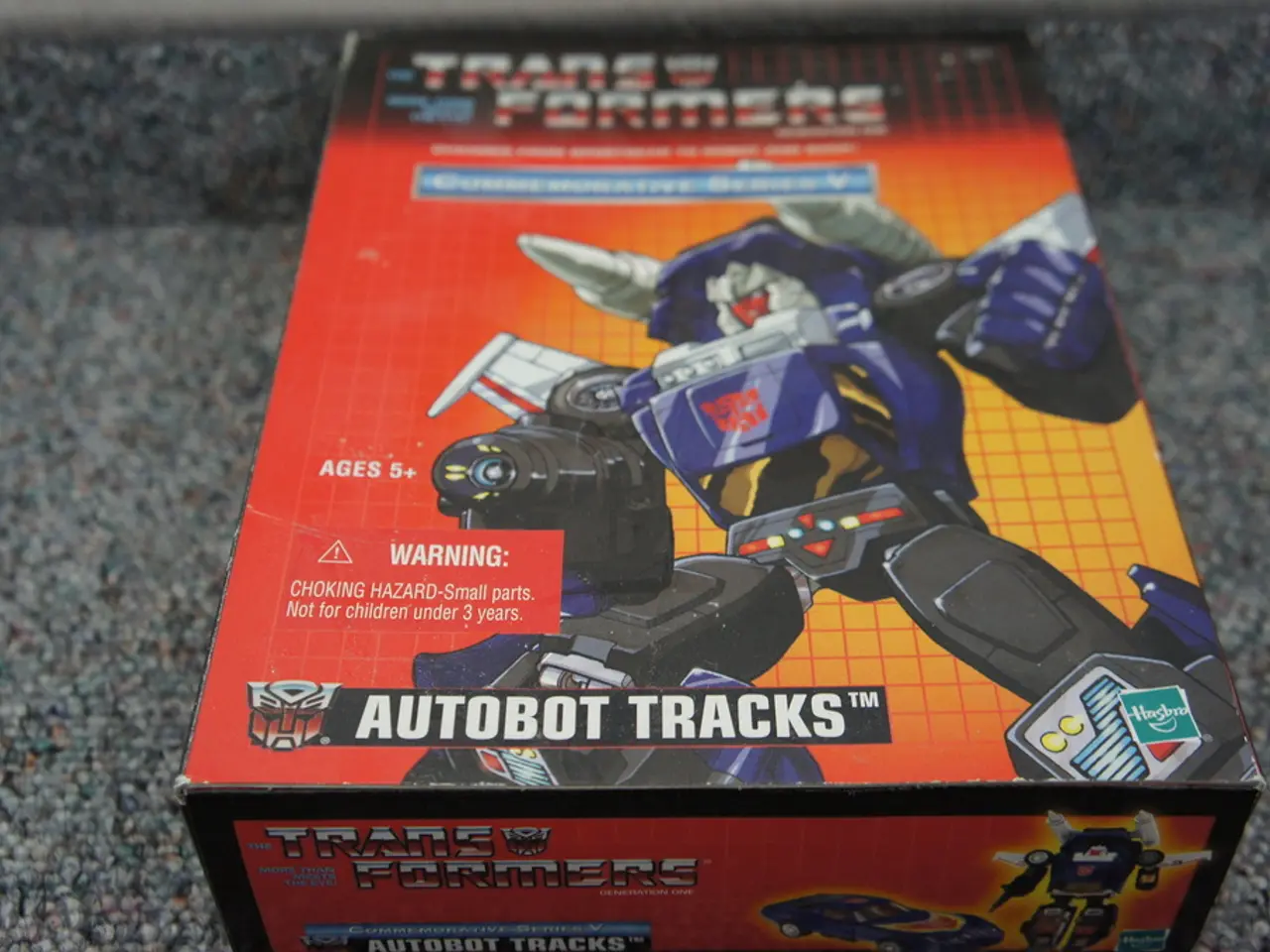The Arrival of AI in Control Rooms Marks the Dawn of the Smart Safety Command Center (SSCC) Era
In the modern workplace, AI is playing a pivotal role in enhancing safety standards, particularly through the implementation of Smart Safety Command Centers (SSCCs). These cutting-edge systems are revolutionizing the way organizations approach safety, transforming it from a reactive to a proactive and preventive approach.
The core function of SSCCs lies in their ability to provide continuous, automated, and intelligent oversight. By leveraging advanced technologies such as computer vision, video analytics, and natural language processing, SSCCs analyze workplace environments and operations in real-time, detecting potential hazards instantly. This proactive approach allows for rapid response, preventing incidents from escalating.
One of the key benefits of SSCCs is their predictive capabilities. By analyzing patterns and historical data, these systems can predict potential safety risks, enabling organizations to intervene proactively rather than simply reacting to accidents. This forward-thinking approach reduces the likelihood of incidents, downtime, and associated costs.
In addition, SSCCs automate routine monitoring and compliance checks, reducing the manual workload for safety teams. This frees up resources, allowing safety professionals to focus on critical decision-making and interventions.
Moreover, AI-powered platforms like Safety Trekr AI synthesize vast safety knowledge bases to deliver fast, accurate, and multilingual guidance. This supports safety professionals in making informed decisions on the ground or remotely, enhancing decision-making capabilities.
The adoption of SSCCs is on the rise, with 92% of companies planning to increase their investments in AI over the next three years. This shift towards AI is particularly significant in high-risk sectors, where the potential for accidents is high.
For instance, an offshore oil rig off the coast of Saudi Arabia integrated video analytics and the smart safety command system, beginning to detect micro-signals of fatigue in heavy machinery operators. Similarly, in large construction projects in the Middle East, AI-based SSCCs are used to navigate digital twins of multiple sites, flagging non-compliant activities.
It's important to note that the success of an SSCC doesn't just lie in its algorithms; it lies in how organizations rewire their thinking, with people behind it making safety intelligent. For example, in an automotive facility in Hong Kong, the implementation of the SSCC improved PPE compliance by 74% and reduced safety-related downtime by 37%, saving approximately $1.2 million over 90 days.
The modern-day SSCC can identify near-miss patterns, automate safety alerts, and initiate preventive actions in real time. This level of precision and proactivity is transforming the way safety is managed, particularly in high-risk sectors.
However, privacy is a paramount concern in the implementation of SSCCs. To address this, modern SSCCs employ advanced anonymization techniques, such as intelligent blurring of faces, license plates, and other personally identifiable information. They also adhere to global standards such as the General Data Protection Regulation (GDPR).
In conclusion, the integration of AI in SSCCs represents a new standard in workplace safety. By combining comprehensive monitoring, predictive analytics, and intelligent guidance, these systems are protecting people, assets, and operations more effectively than traditional approaches reliant solely on human observation. As the world grapples with increased regulation, workforce safety challenges, and operational complexity, the SSCC model offers a path forward, not through replacement, but through augmentation.
- The integration of AI in SSCCs is transforming the manufacturing industry, with many companies investing more in AI for safety enhancements.
- In the finance sector, the adoption of SSCCs has the potential to reduce incidents, downtime, and associated costs, thus improving overall business efficiency and profitability.
- Data-and-cloud-computing technologies play a crucial role in the efficient functioning of SSCCs, enabling real-time analysis of workplace environments and operations.
- In the education-and-self-development sphere, understanding the role of AI in SSCCs can lead to insights on how technology is reshaping various industries, paving the way for future learning and innovation.




